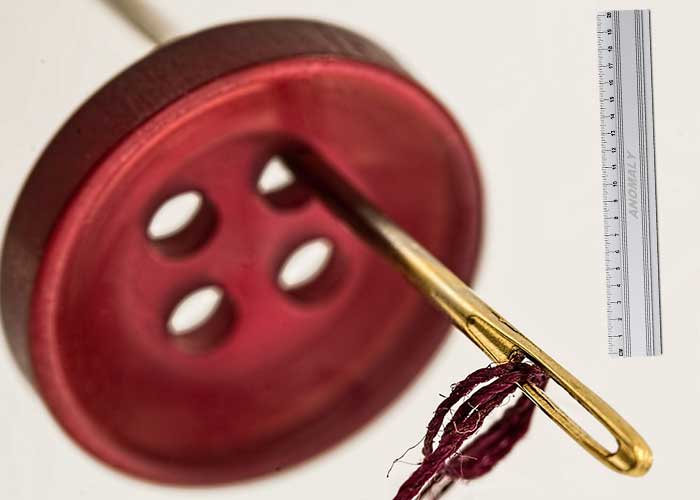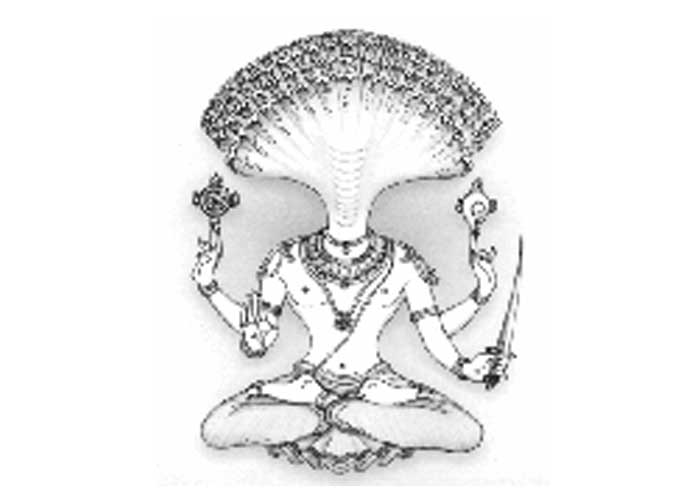Bharatvarsha is the mother to a lot of inventions, which are widely used even today. Often we attribute these to the colonial powers since they were the ones who took it from here to the rest of the world. Pythagoras theorem, Arabic numerals, Heliocentric theory are some popular examples. The contribution of the Vedic civilization was not just limited to the sphere of maths and astronomy but it also had significant impact in many basic aspects of life which made it very convenient.
In this article I shall be touching upon some things we use daily and which owe their origin to the oldest culture of world.
Cotton Clothes
The natural fibres like cotton and jute originated in India. Prior to this, the Greeks used to wear animal skin. During the 5th–4th millennium BCE, the Indus Valley people started cotton and jute cultivation. Hence was born the art of spinning and weaving. Cotton was referred to in a Rig-Vedic hymn mentioning “threads in the loom.” Herodotus, an ancient Greek historian, mentions Indian cotton in the 5th century BCE as “a wool exceeding in beauty and goodness that of sheep.” When Alexander the Great invaded India, his troops started wearing cotton clothes that were more comfortable than their previous woollen ones.
Buttons
People belonging to the Indus Valley Civilization were the earliest to use buttons. Buttons were made from seashell, stones or metals and some buttons were carved into geometric shapes and had holes pierced into them so that they could be attached to clothing with thread. These buttons were more of an ornament or decoration rather than fasteners.
Ruler
The oldest preserved measuring rod is a copper-alloy bar which was found by the German Assyriologist Eckhard Unger while excavating at Nippur (pictured below). The bar dates from c. 2650 BC. and claimed to be was used as a measurement standard. Rulers made from Ivory were in use by the Indus Valley Civilisation prior to 1500 BCE. Excavations at Lothal (2400 BCE) have yielded one such ruler calibrated to about 1/16 of an inch—less than 2 millimeters. Ian Whitelaw (2007) holds that ‘The Mohenjo-Daro ruler is divided into units corresponding to 1.32 inches (33.5 mm) and these are marked out in decimal subdivisions with amazing accuracy—to within 0.005 of an inch. Ancient bricks found throughout the region have dimensions that correspond to these units.
Shampoo
No wonder the ancient Indians had such lustrous manes! As early as the 1500s, people in India used the pulp of a fruit called soapberries combined with some herbs and even hibiscus flowers to keep their hair on point. When British colonial traders were going back and forth between India and England, they took the notion of shampooing your hair to Europe. Yes, it’s true, prior to that, strands in the Western world were left on their own — probably quite dirty.
The term shampoo itself has its origin in the sanskrit term, ‘champoo’, which means to soothe and massage. Most of us have gotten a ‘champi’ from our mothers or the local barber. Starting out as a word, it meant first to cleanse and massage your hair. The ages that have gone by remember a Bengali man called Sake Dean Mohammed, who started a small parlour in 1762 called Mohammed’s Indian Baths which specialised in shampoos. It got many accolades as the practice of a head massage while cleansing your hair became exceedingly popular. He was later appointed as the Shampooing Surgeon to George IV and William IV.
Pretty exciting, isn’t it? So next time you button your shirt or shampoo your hair, remember it was made in India…
Flush Toilets
Surprised? Yes, it is indeed true, toilets that used water were used in the Indus Valley Civilization. The cities of Harappa and Mohenjo-daro had a flush toilet in almost every house, attached to a sophisticated sewage system. Each house in Harappa had a private toilet with link to the covered drains outside. The architects of the Indus Valley were masters of the science of sanitation, which sadly got lost with the demise of the great civilization.
References:
http://www.organiccotton.org/oc/Cotton-general/World-market/History-of-cotton.php
https://en.wikipedia.org/wiki/History_of_cotton
https://www.quora.com/Who-invented-buttons-and-buttonholes-on-shirts
https://en.wikipedia.org/wiki/List_of_inventions_and_discoveries_of_the_Indus_Valley_Civilisation
https://www.harappa.com/category/slide-subject/button-seals
http://www.indian-gk.in/inventions_discover/invention-of-ruler/
http://www.mapsofindia.com/my-india/india/interesting-indian-inventions-and-discoveries-that-are-universally-accepted
http://time.com/3998228/history-of-shampoo/
http://www.thekhadishop.com/blogs/news/18851655-shampoos-indian-origin





